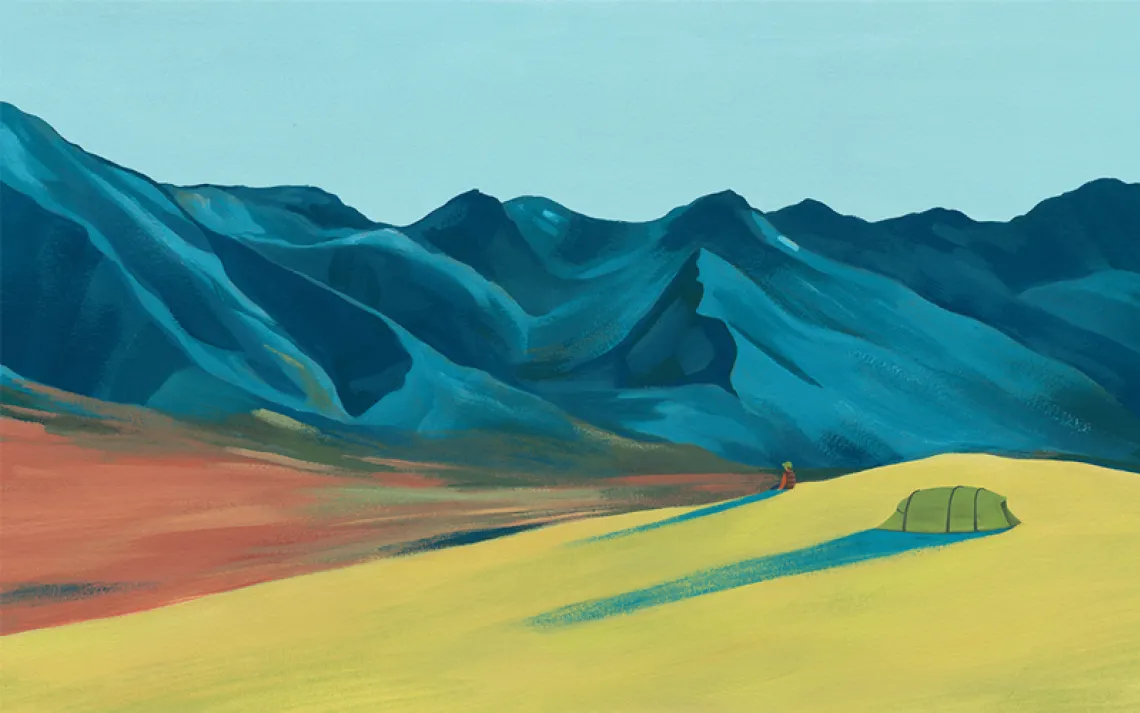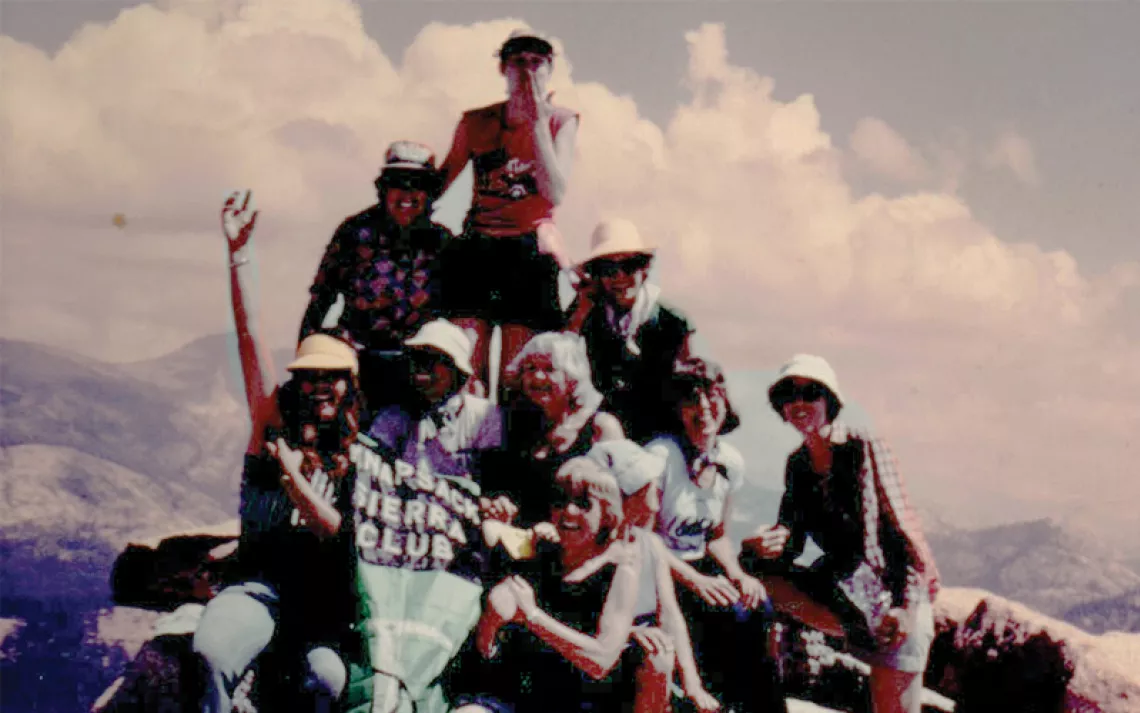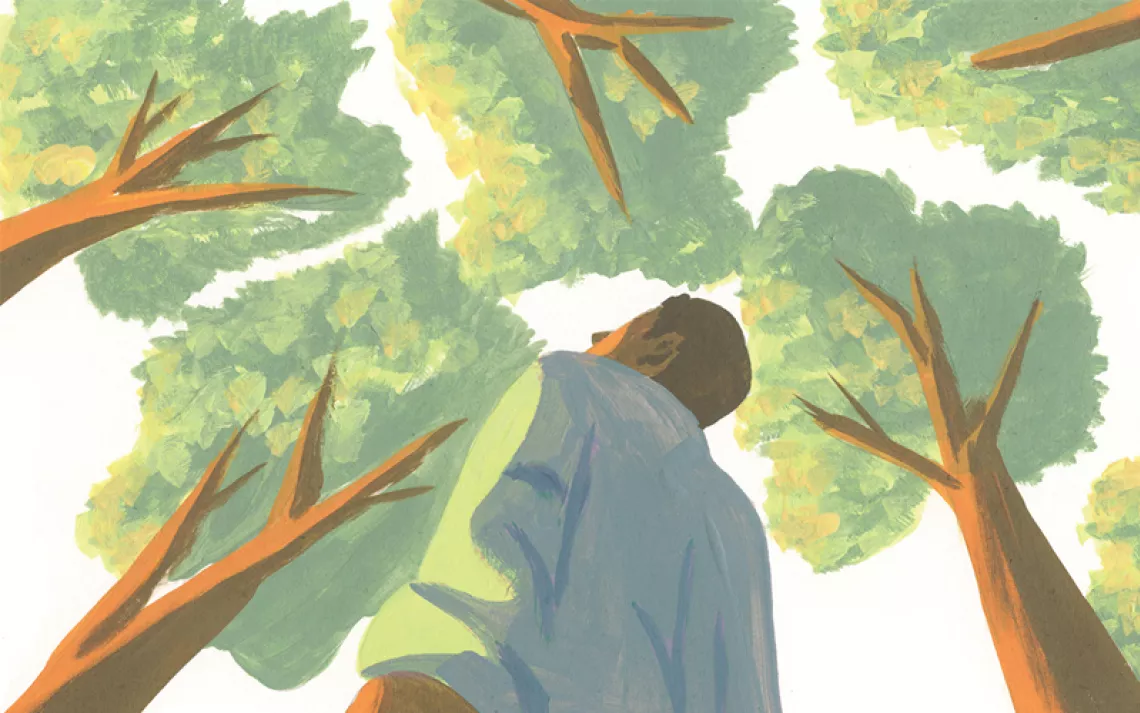Good Going: WInter in Norway
Winters in Norway are protracted, giving you ample time to experience them.

Winters in Norway are indeed protracted, giving you ample time to experience them. Finnmark, the northernmost county, which borders Finland and Russia far above the Arctic Circle, provides the full philosopher’s effect. There the sun, perhaps exhausted from not going to bed during the summer, does not lift itself above the horizon for all of December and most of January. But its long midnight does make the region one of the best places to catch sight of the aurora borealis. The cause of the eerie undulations of the nordlys has been variously associated with heaven, hell, or dead virgins. Almost as fantastic is the scientific explanation: Subatomic particles streaming from the sun to Earth’s magnetic poles slam into molecules in the upper atmosphere and generate light. On an average night in Norway, the aurora borealis emits more energy than the country uses in a year.
To lighten the season, locals hold sled-dog races, ice-sculpture exhibits, and international snowball fights. But skiing is the pastime of choice: Norwegians invented the sport in the late 19th century, though the oldest evidence of skis–a cave drawing in the north–dates back 4,000 years (the word "ski" comes from Old Norse for "board"). The landscape varies from steep coastal fjords to river valleys to vast mountain plains, with stories about trolls and Norse gods for practically every striking land form. Skiers can slalom across the inland plateaus among wintering reindeer, staying at cabins that dot the countryside. Originally built for migratory Sámi (Laplanders) or traveling public officials, the cabins are equipped with kitchen utensils and bedding, and some have caretakers. In Finnmark, they’ll leave the lys on for you.
 The Magazine of The Sierra Club
The Magazine of The Sierra Club



